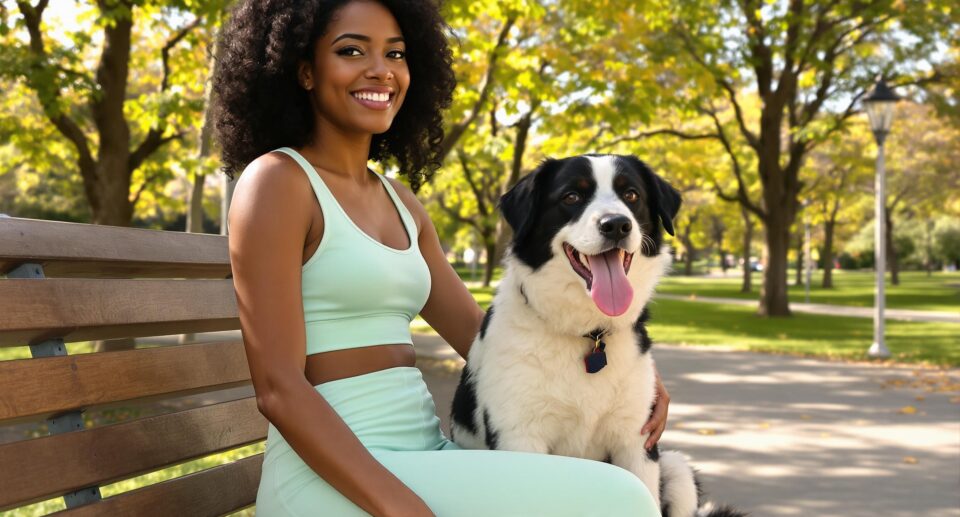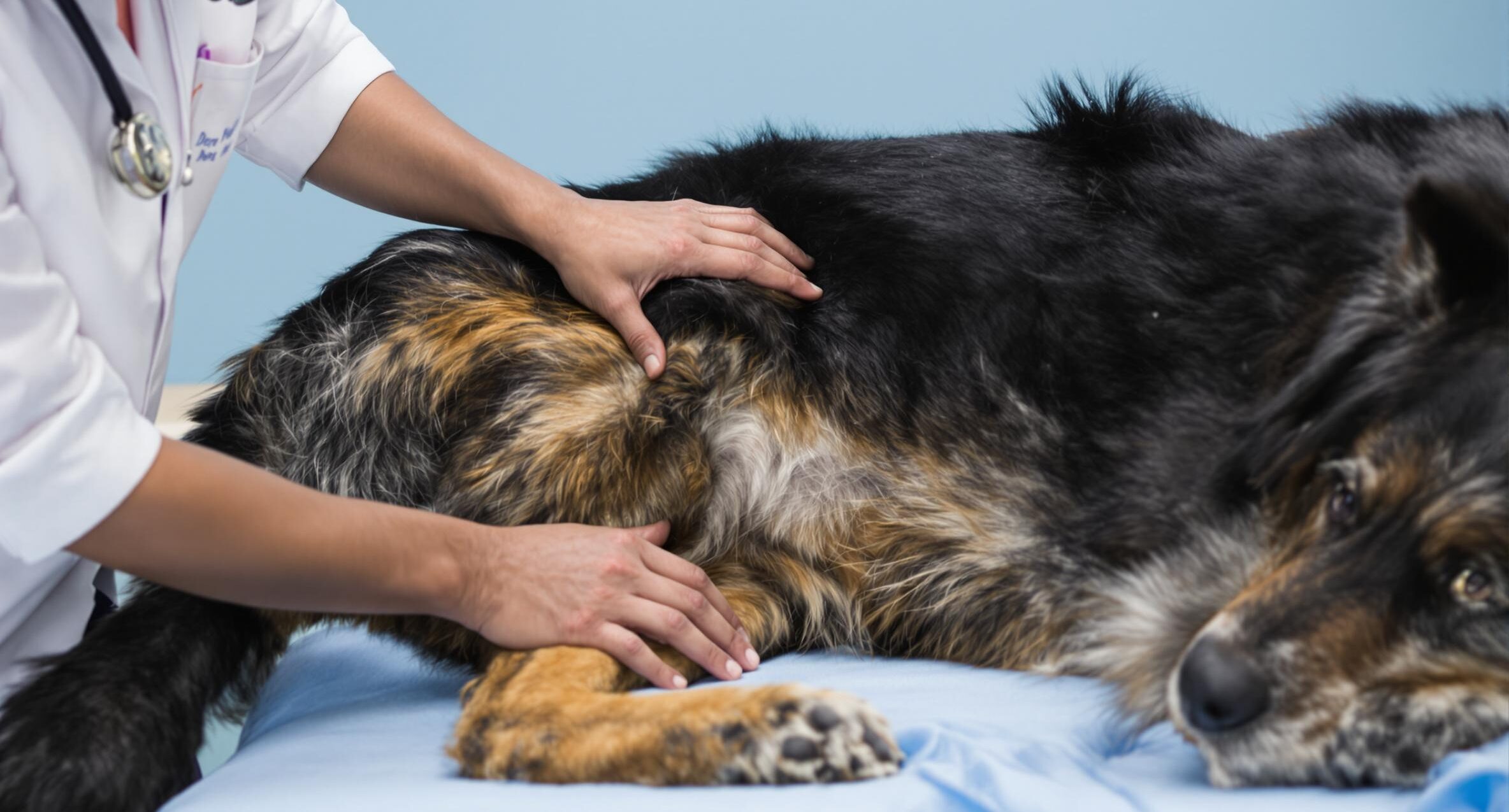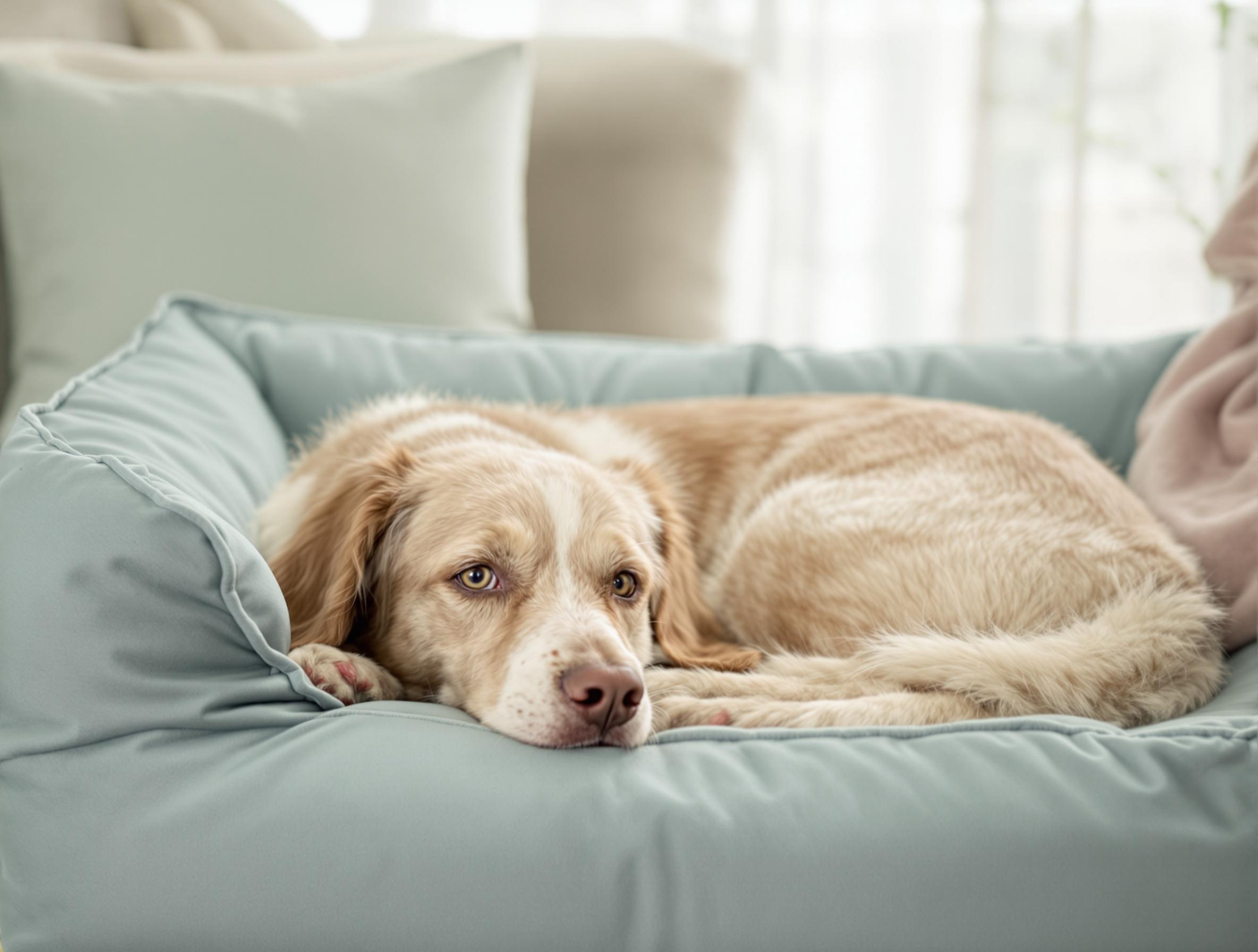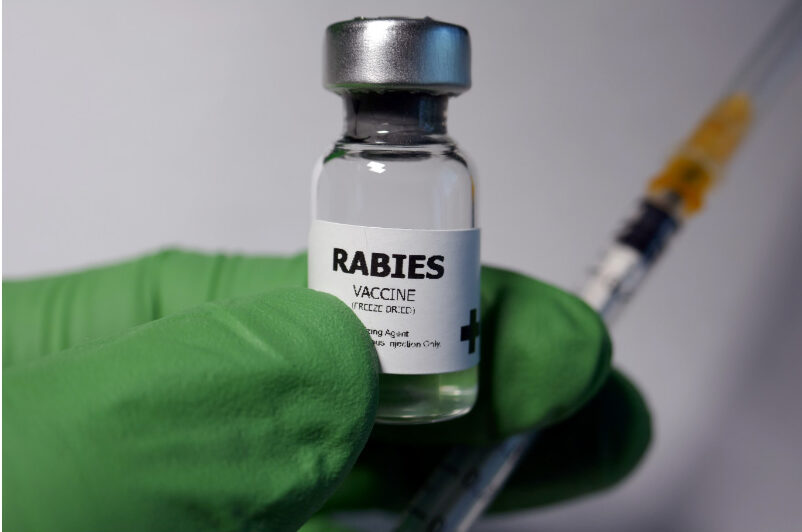Dry Eye (KCS) in Dogs
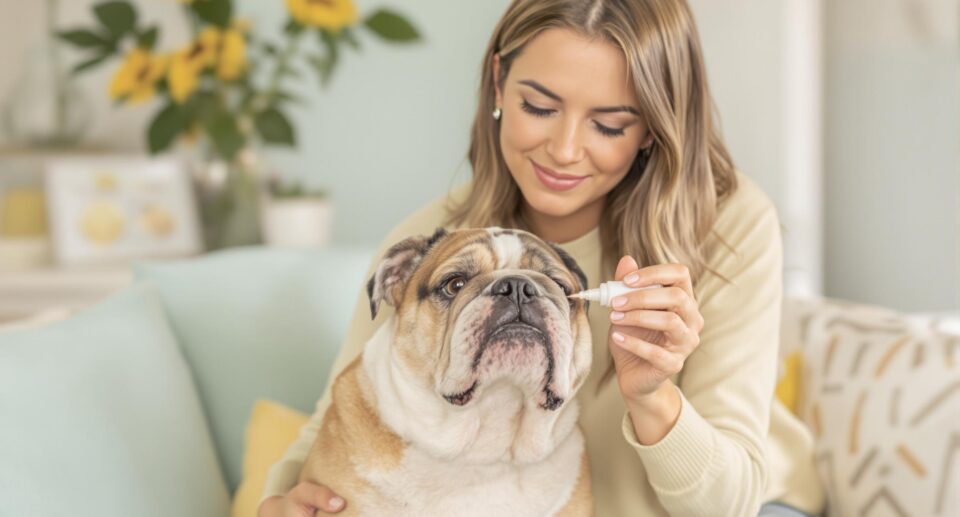
What is dry eye?
Dry eye is called KCS, or Keratoconjunctivitis Sicca. It occurs when your pet doesn’t make enough tears to keep the eye lubricated.
Tears have three parts:
- A superficial oily layer
- A watery or aqueous layer
- An inner mucin or mucoid layer
With dry eye, the liquid portion of the tear isn’t made. Because the mucoid portion of tears is still made, a thick discharge collects in the eyes. This discharge may look like your pet has an infection, but dry eye doesn’t start out as an infectious process. Infections can come later because tears aren’t flushing dirt and bacteria from the eye.
What do tears do?
The watery tear layer, which makes up most of the tears, carries oxygen and nutrients to the cornea, flushes dust, and protects the eye from bacteria. Because the cornea has no blood vessels, it relies entirely on tears for nourishment and waste removal. The superficial oily layer allows the tear to slide smoothly over the eye, and prevents tears from evaporating. The inner mucoid layer allows tears to flow smoothly, and traps material so that it clumps together and is easier to clear from the eye.
What causes dry eye (KCS)?
About 80% of dogs have dry eye caused by an immune problem. Their immune T cells attack the tear-producing cells and prevent them from producing tears.
Other causes of KCS include:
- Toxicity caused by sulfa drugs
- Viruses, such as distemper
- General anesthetics
- Chronic eye infection (herpes virus or chlamydia infection)
- Trauma that injures the third eyelid or the tear glands
Which pets are most at risk for dry eye (KCS)?
Dogs get dry eye, but cats rarely do. The dog breeds predisposed to dry eye are Cocker Spaniels, Bulldogs, West Highland White Terriers, Lhaso Apsos, and Shih Tzus.
Do dogs with prominent (bulging) eyes commonly develop dry eye?
Dogs with prominent eyes can develop KCS, or they can develop exposure keratitis. With exposure keratitis, the eye makes sufficient tears, but the lids don’t close so that the eye dries and appears to have insufficient tears. Exposure keratitis often occurs when dogs sleep and their lids relax in a partially open position. Examples of dogs that develop exposure keratitis are the Bulldog, Pug, and Boston Terrier.

